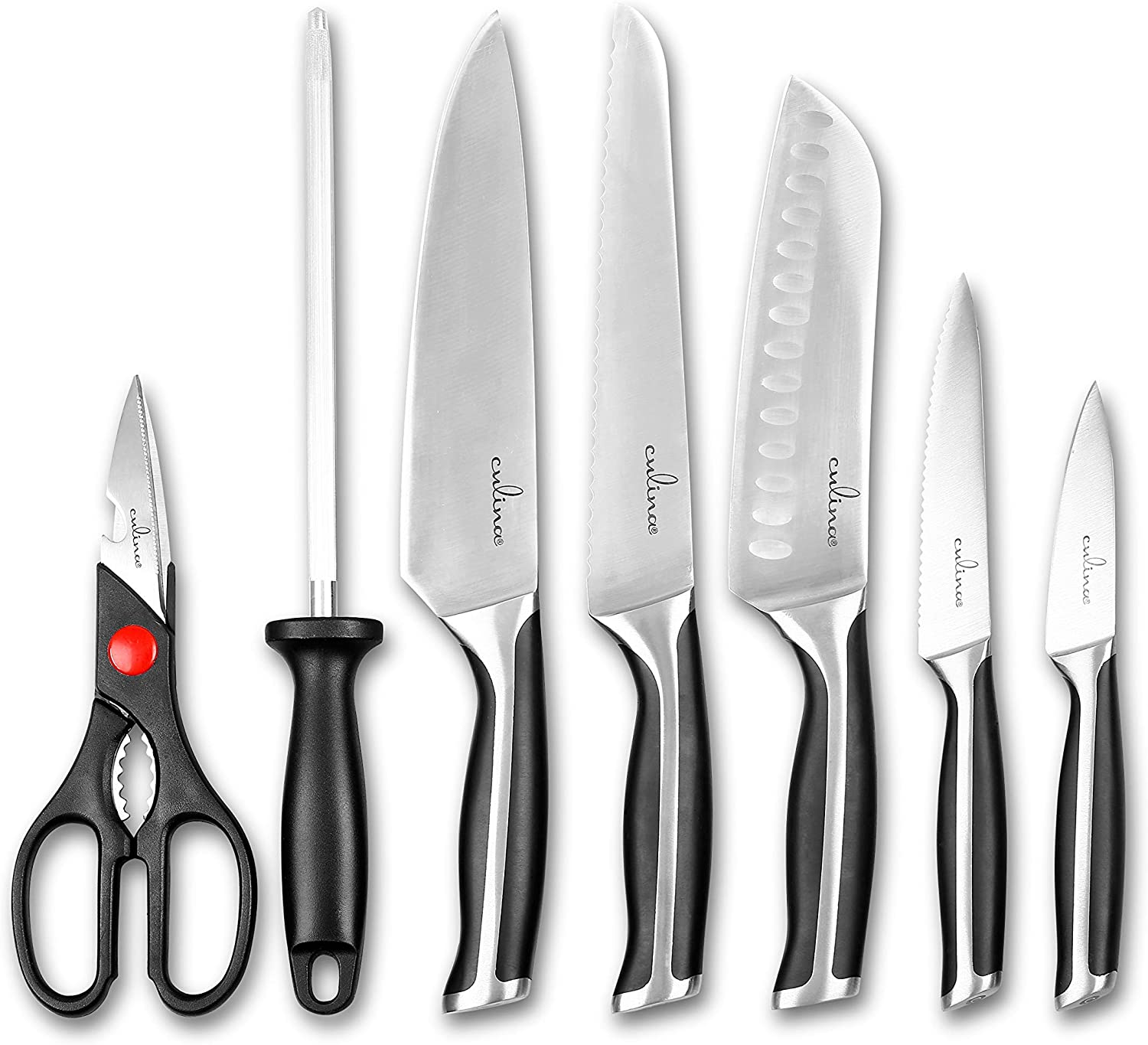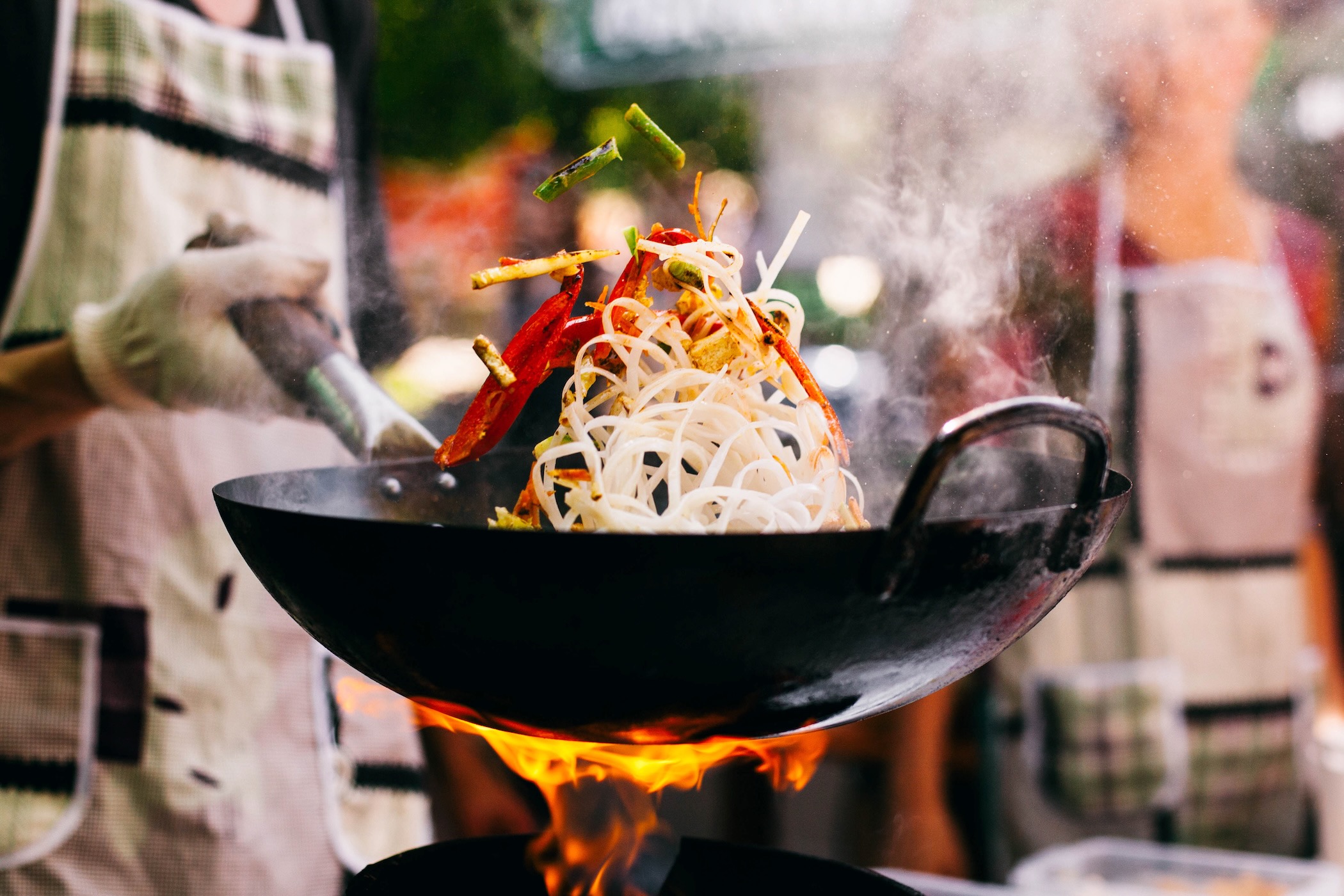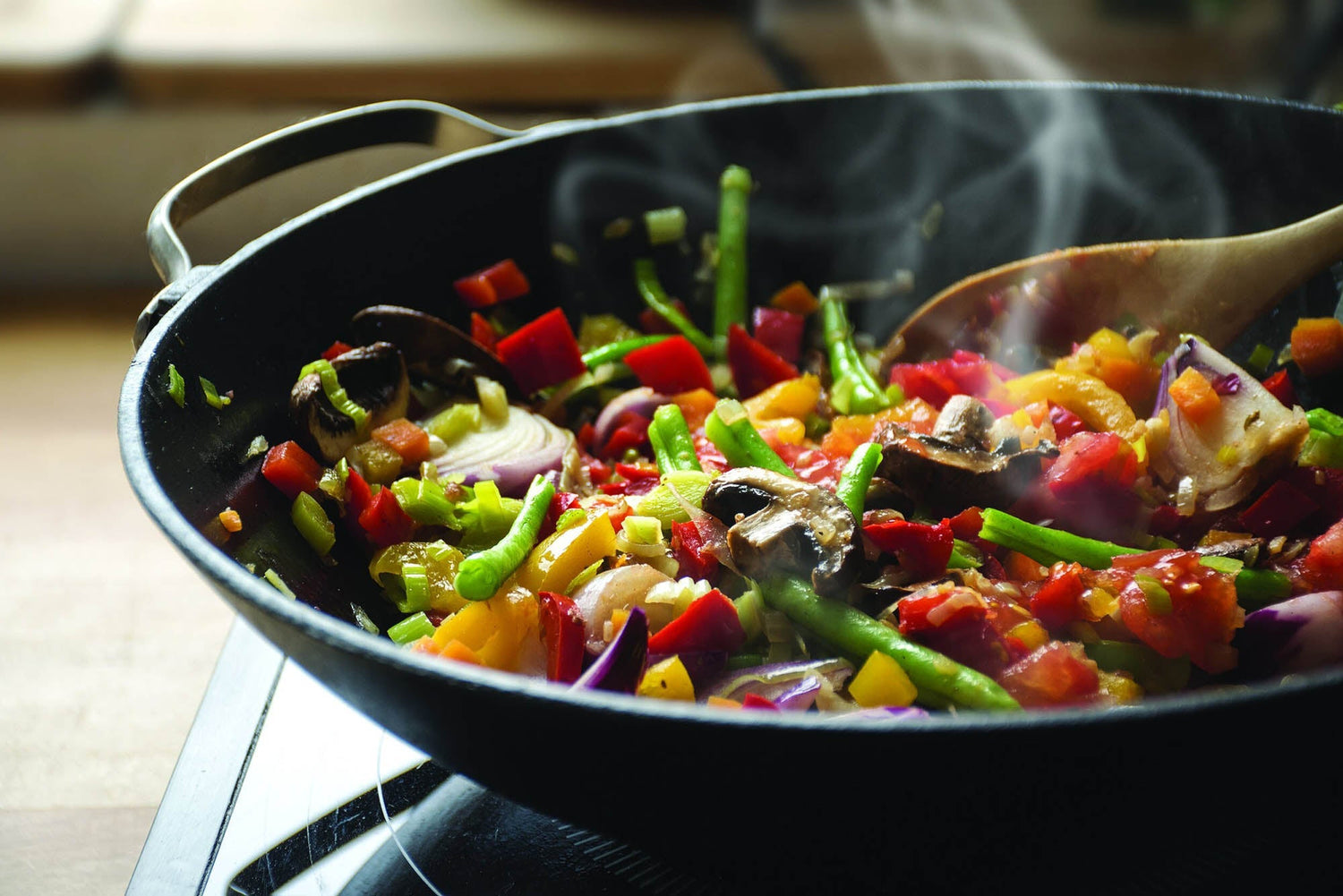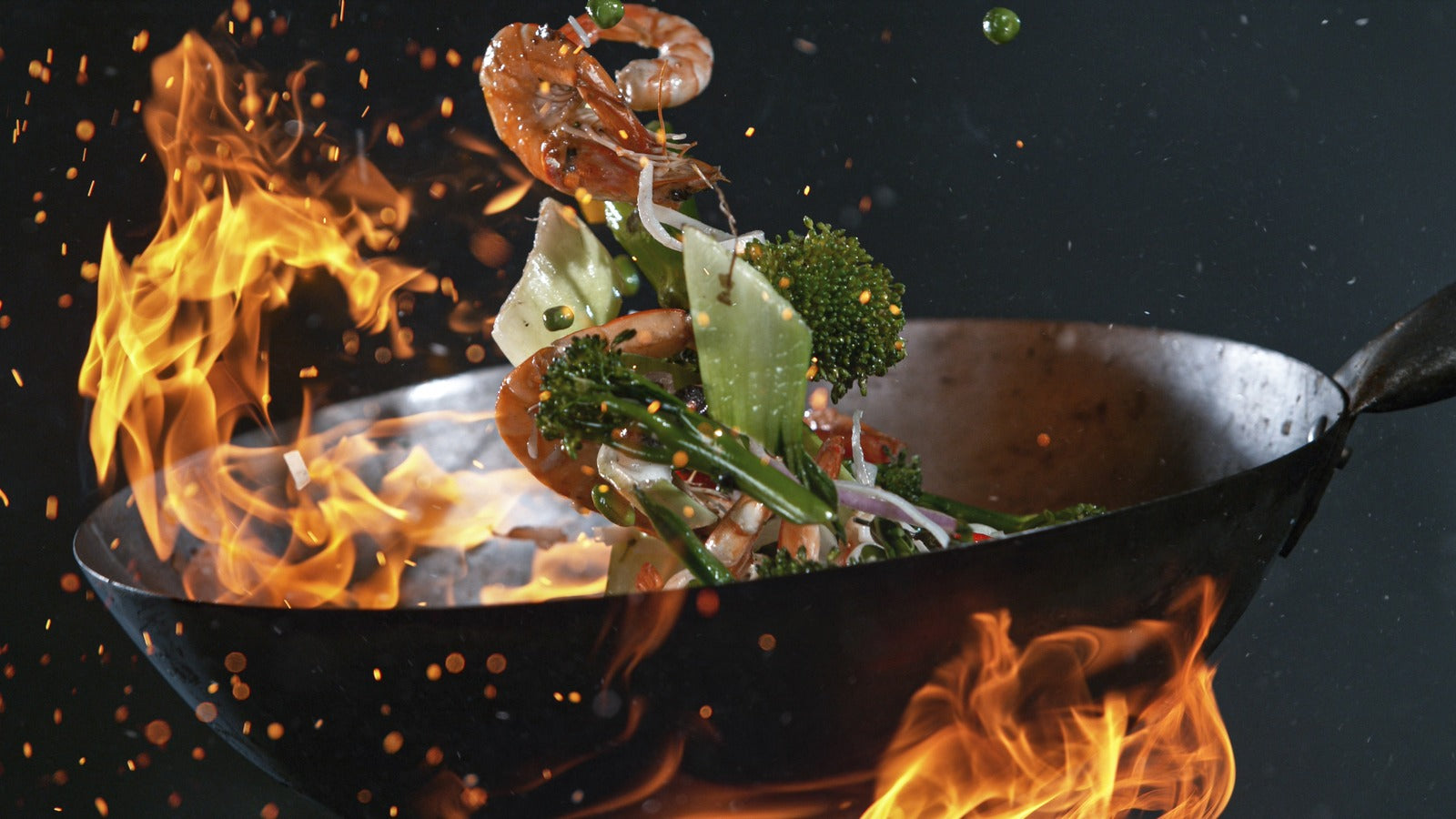For kitchen professionals, the wok is more than just a cooking vessel; its a versatile tool that can elevate any dish to new heights. Understanding what can be cooked in a wok can significantly expand your culinary repertoire. This article dives deep into the various techniques and culinary creations that can be achieved with this remarkable piece of equipment.

The Versatile Nature of the Wok
The wok is traditionally used in Asian cuisine, praised for its ability to conduct heat quickly and evenly. This adaptability allows chefs to perform various cooking techniques such as stir-frying, steaming, and deep-frying. The unique shape of the wok also makes it ideal for tossing ingredients, ensuring that they are cooked quickly and evenly.
Stir-Frying: The Essence of Wok Cooking
One of the most popular uses of a wok is stir-frying. This technique is characterized by cooking food quickly over high heat with a small amount of oil. Common ingredients include vegetables, meats, and seafood, which are cut into smaller pieces to allow for even cooking. Here are some fantastic stir-fry ideas that professionals will love:
- Beef and Broccoli: This classic dish makes the most of the woks high heat to quickly sear and tenderize beef while keeping the broccoli crisp.
- Chicken Teriyaki: Marinating chicken in teriyaki sauce before stir-frying enhances the flavor and caramelizes beautifully in a well-seasoned wok.
- Vegetable Medley: A colorful assortment of bell peppers, carrots, broccoli, and mushrooms can create a vibrant dish full of flavor and nutrients.
Deep-Frying: The Crunch Factor
Professionals often overlook deep-frying in woks, but it is remarkably effective. The shape of the wok allows for less oil to be used compared to traditional deep fryers. Some excellent deep-frying options include:
- Spring Rolls: Crispy and filled with vegetables, spring rolls are a fantastic appetizer that can be made in a wok.
- Tempura Vegetables: Lightly battered and fried, tempura is a delicious way to enjoy seasonal vegetables.
- Fried Rice: Adding pre-cooked rice into a hot wok with various proteins and vegetables can create a satisfying dish.
Steaming: Utilizing the Wok's Shape
Another unmissable use for the wok is steaming. By placing a bamboo steamer on top of the wok, chefs can create perfectly steamed dumplings or fish without much hassle. Here are a few dishes to consider:
- Dumplings: Fill your dumpling skins with meat or vegetables and steam them to perfection.
- Fish Fillets: Steaming fish maintains its natural flavors while infusing it with aromatics.
- Seasoned Greens: Steaming leafy vegetables with garlic and ginger elevates their flavor while retaining their nutritional value.

Advanced Techniques in Wok Cooking
Once you become comfortable with basic cooking methods, there are several advanced techniques to master:
Wok Hei: The Breath of the Wok
For kitchen professionals, achieving wok hei, which translates to the 'breath of the wok,' is a goal. This elusive flavor is produced through high heat and skillful tossing. It can enhance any stir-fried dish significantly and creates a smoky, charred effect that is difficult to mimic with other cooking methods.
Seasoning: Why It Matters
Proper seasoning of your wok is crucial for flavor and non-stick cooking. Discover unique tips by reading about what it means to season a wok or learn how to season your wok correctly. It will ensure a rich flavor develops over time.
Wide Range of Dishes
One of the most delightful aspects about woks is their adaptability. From casual family meals to elaborate presentations in fine dining, the possibilities are endless. Consider expanding your menu by incorporating:
- Curries: Woks can be used to create rich and aromatic curries that benefit from the depth of flavors.
- Chow Mein: A delightful noodle dish that brings together vegetables, proteins, and a hint of sauce.
- Pancakes: Surprisingly, a seasoned wok can also be used for making pancakes; preparing a large batch without the fuss of a flat grill.

Conclusion
Wrapping up, the potential of the wok extends far beyond ordinary cooking. From stir-frying to steaming, and even deep-frying, kitchen professionals can achieve a vast array of culinary delights using a simple wok. To delve further into your journey with the wok, visit The Woks of Life, where you can gain insights into different cooking techniques and recipes.
As an Amazon Associate, I earn from qualifying purchases.
FAQs
1. Can I use a wok on an electric stove?
Yes, a wok can be used on electric stoves, but heat distribution may vary compared to gas stoves. A flat-bottomed wok is preferred for optimal results.
2. What types of food are best for cooking in a wok?
Foods that cook quickly, such as vegetables, thinly sliced meats, and seafood, are ideal for wok cooking.
3. How should I clean and maintain my wok?
Cleaning a wok involves rinsing it with hot water and avoiding soap, which can strip the seasoning. For ongoing maintenance, re-season your wok as needed.





Leave a comment
This site is protected by hCaptcha and the hCaptcha Privacy Policy and Terms of Service apply.